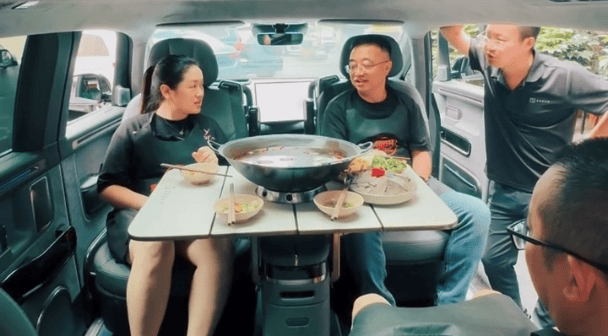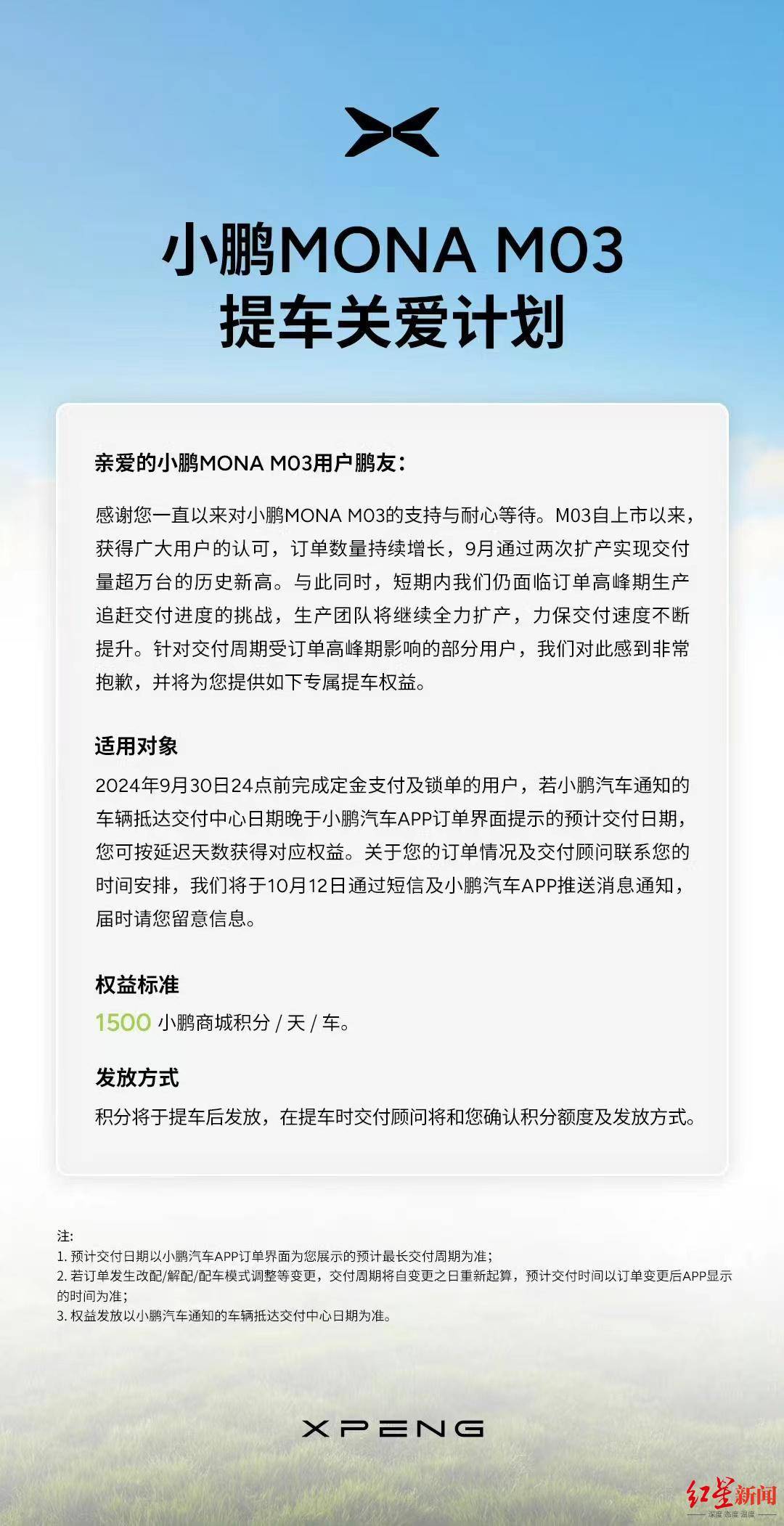Source: New Tech Knowledge, Author: Fu Shen
The long-absent cash-burning battle in China's internet industry has finally reappeared in the fierce competition of AI large model applications.
Looking back over the past decade, every industry that has been disrupted and reinvented by the internet has been accompanied by a grand cash-burning battle. From group buying to food delivery, from e-commerce to tourism, from ride-hailing to the sharing economy, the money-spending game of tech giants and venture capitalists has never stopped.
Until the last battle in the community group buying sector ended, under the influence of the macroeconomic cycle, the major internet companies finally calmed their enthusiasm and began to focus on meticulous work. The few waves like the metaverse and Web3 did not form a significant trend.
Now, this cost-no-object land-grabbing movement has been reborn in the traffic competition of AI large model applications. Since the first half of this year, the domestic "Five Tigers of Large Models" (Zhipu AI, Dark Side of the Moon, Baichuan Intelligence, MiniMax, Zero One Everything), as well as AIGC application products from major companies like ByteDance and Tencent, have entered a heated stage of customer acquisition competition on various traffic platforms.
An entrepreneur who entered the large model track following the sudden emergence of ChatGPT told Tech New Knowledge: "Last year, peers were mostly discussing products and how to catch up with foreign technology levels. This year, when we meet again, the biggest headache is user growth."
Data from the "2024 China Mobile Internet Semi-Annual Report" shows that as of June this year, the monthly active user scale of domestic AIGC apps reached 61.7 million, a year-on-year increase of 653%. Behind the influx of massive users is naturally the rising cost of customer acquisition.
Leading large model applications like Kimi from Dark Side of the Moon and Doubao from ByteDance are gradually turning this epoch-making technological revolution battle into a money game competing on financial strength. At the beginning of 2023, industry investors revealed that Kimi's average customer acquisition cost was 12-13 yuan per person, with daily costs reaching at least 200,000 yuan. This year, media reports indicated that Kimi's advertising on the Bilibili platform costs at least 30 yuan to acquire one registered user.
The rare tranquility of the internet industry has been broken, and a new round of cash-burning battle is in full swing. How will these new entrepreneurial elites like Dark Side of the Moon compete with old giants like ByteDance?
User Acquisition Battle
Any new business model requires upfront investment with almost no immediate returns to cultivate the market. The initial investment by internet companies can reach a "burn rate" scale, relying on continuous support from capital, which values the unique feature of the internet industry where "the winner takes all," a trait hard to match in traditional businesses.
Meituan won the "thousand group battle," monopolizing merchant resources and securing its position as the leader in food delivery. Didi used capital strategies to acquire competitors like Kuaidi and Uber, leaving no second leader in the ride-hailing market. However, the delivery coupons and ride subsidies enjoyed by users during the money-burning wars disappeared after the battles ended.
The traditional internet model's money-burning results in user acquisition and market position, or the next round of imminent funding. The driving force behind AI large model applications burning money for traffic is not just user growth.
The rapidly increasing user visits of Kimi not only bolster the confidence of the Dark Side of the Moon in front of various investors but also provide a continuous stream of fresh data for the training of the underlying large models.
When algorithms are upgraded through optimization and iteration by internal teams, and computing power breaks constraints with capital support, the only remaining element of large models—high-quality data—can currently only be obtained through external channels. The industry once proposed using AI-generated data for training, but a study submitted by Oxford University and published in the top academic journal "Nature" suggests that if large models are allowed to train themselves with automatically generated data, AI might self-degrade, iterating original content into irretrievable gibberish within a few generations.
Perhaps due to the need for precise data, Kimi chose Bilibili, which primarily targets students and young professionals, as the main platform for user acquisition. According to Bilibili's official data, over 80 million users watch AI-related content on the platform every month. In the past year, the daily average views of AI content have increased by more than 80% year-on-year, and the daily active users of AI-related content creators have grown by over 60%.
Kimi's monopolistic advertising on Bilibili has left competitors like Zhipu, MiniMax, and Kunlun Wanwei struggling to match the unit costs, creating a scenario where one brand dominates the screen. A Bilibili content creator who frequently receives platform commercial orders stated, "Apart from Pinduoduo, I've never seen such a financially strong client."
The high financing and expensive advertising have created a positive feedback loop for Dark Side of the Moon. According to July statistics from the third-party platform AI product ranking site aicpb.com, Kimi's monthly visits have reached 24.56 million, significantly leading the second place, Baidu's Wenxin Yiyan. After the latest round of financing in August, Dark Side of the Moon's post-investment valuation reached $3.3 billion (210 billion yuan), strongly leading the domestic large model startup track.
Advertising is not just about user-level promotion but also about purchasing training data. However, this massive expenditure cannot be covered by the payment rate of new users. According to statistics from Zpeidia, Kimi's smart assistant had 24.05 million visits in July, with only 3.99 million unique visits, meaning the average user opened the app only six times in July. Even a few free uses by new users consume backend computing costs.
Similarly, while Meituan and Didi can cancel subsidies once user consumption habits are formed, Dark Side of the Moon's current advertising cannot retain enough sticky users, making this loss-making business unsustainable in the long run.
ToB to Fill ToC Gaps
The ToC path for large model applications is not easy, with the revenue model primarily based on subion fees.
For example, OpenAI, the parent company of ChatGPT, which is globally leading, has 7.7 million subion users worldwide, with C-end revenue reaching $1.9 billion. However, compared to the internally reported annual operating cost of $8.5 billion, it is only a drop in the bucket.
Dark Side of the Moon once launched a "Fuel Kimi" paid feature, allowing users to purchase gifts ranging from 5.2 yuan to 399 yuan for tipping, while also gaining priority usage time during peak periods. This test-like exploration of payment willingness is more like user research rather than a well-thought-out revenue model.
Can the gap in ToC be filled by ToB? There has always been significant disagreement within the industry. Li Kaifu, the founder of Zero One Everything, once publicly stated, "Zero One Everything is determined to focus on ToC business and not engage in loss-making ToB business." On the other hand, Zhang Peng, CEO of Zhipu AI, has repeatedly expressed the belief that compared to the C-end market, the B-end market has a stronger willingness to pay.
Li Kaifu's concerns are not unfounded. Although the ToB business model for large models is relatively clear and customers are willing to pay, the industry has already fallen into a price war initiated by powerful major companies.
According to a report by Caijing Magazine, several executives from Alibaba Cloud, Baidu Intelligent Cloud, and others revealed that before May this year, the gross profit margin of domestic large model inference computing power was over 60%, consistent with international peers. However, after consecutive price cuts in May, the gross profit margin dropped to negative numbers.
Alibaba, Baidu, ByteDance, and Tencent, which joined the large model price war without hesitation, have their own cloud business profit recovery as a hedge. Just like OpenAI, which continues to incur losses, but its major shareholder Microsoft saw a significant performance boost due to the surge in demand for cloud server rentals. According to Sina Technology, a $1 billion venture capital previously obtained by the Dark Side of the Moon included an $800 million first-phase disbursement, with $790 million led by Alibaba. Of this, $600 million, as required by the agreement, must be placed in an escrow account to consume Alibaba Cloud's related services.
However, while venturing into ToB is akin to drinking poison to quench thirst, it is a step that large model startups have to take. Zhipu AI has implemented its CEO's philosophy by focusing on ToB while not abandoning ToC exploration. MiniMax has laid out plans for both B and C ends, and the Dark Side of the Moon, which gained fame on the C-end with Kimi, released an enterprise-level API in August this year.
A similar scenario has also played out in the adjacent autonomous driving track. Similar to the logic of the Dark Side of the Moon burning money to buy data, autonomous driving companies also need to quickly deploy software solutions in vehicles to collect data from real road conditions to improve intelligent driving capabilities.
Car manufacturers with both complete vehicle products and intelligent driving solutions can rely on hardware revenue to offset software investments. In contrast, autonomous driving companies with only software products can only choose the ToB model to serve as a wedding dress for car manufacturers, hoping to collect service fees, or at least gain vehicle integration rights through partnerships.
The difficulties faced by small and medium-sized startups when competing with major industry players are an unavoidable reality in any track.
The Shadow of Major Companies' Ecosystems
Back in the era of the internet industry's money-burning battles, entrepreneurs often faced the question during venture capital pitches: "What if BAT copies you?" This challenging question is equally difficult to answer in the current large model track.
On the first anniversary of the company's founding, Dark Side of the Moon announced that Kimi's long text capability had increased from 200,000 words to 2 million words. According to an analysis by data company Similarweb, Kimi's leading long text capability brought the daily active users of the Kimi web version to a peak of 346,000 in a short period, with weekly active data increasing by 45% compared to the previous period.

once the strategy is revealed, it inevitably gets learned by competitors in the market. Within less than a month, Alibaba's large model product Tongyi Qianwen and 360AI Browser announced support for long text capabilities of 10 million and 5 million words, respectively. Subsequently, Baidu also announced an upgrade to its Wenxin Yiyan, opening up long text capabilities ranging from 2 million to 5 million words.
After the long text feature was adopted by major companies, Doubao became a formidable competitor to Kimi in the traffic battle. Industry insiders revealed that for a period, Douyin almost "banned" all other large model application product advertisements, fully supporting Doubao. After Doubao completed its user education on Douyin, it began to counterattack Kimi's stronghold on Bilibili, purchasing the search keyword "Kimi" on Bilibili. This fierce competition forced players like Zhipu to retreat to other community platforms like Zhihu and Weibo.
Faced with the financial might of major companies, Dark Side of the Moon, backed by significant capital, still has the strength to fight. However, when it comes to information channels for large model product experiences, the content ecosystems that ByteDance and Tencent have cultivated over the years become an unattainable advantage for startups.
For example, when posing the same question to different large model application products, the reference materials for Wenxin Yiyan's answers mostly come from Baidu's Baijiahao and other channels. Tencent's Yuanbao, upon launch, stated that it mainly focuses on information channels on WeChat public accounts. Doubao has long been deeply integrated with ByteDance's Toutiaohao. only products from startups like Kimi and Zhipu Qingyan derive their answers more from official public information and third-party media channels.
The information source channels of different products directly affect the degree to which generated content meets the needs of the questioner. OpenAI abroad has already spared no expense in purchasing data channels from popular community platforms, and such expenditure will eventually fall on the shoulders of companies like Dark Side of the Moon.
The consensus is that the accumulation of capital is beneficial for accelerating technological breakthroughs and industry development. However, companies, as the specific operators of spending, have the obligation and responsibility to invest money in areas with more long-term return value. It's not a big issue if you can't answer the question "What if BAT copies you?" temporarily, but if you can never answer it, you'll inevitably move to the next stage of "How to be acquired by BAT."










 京公网安备 11011402013531号
京公网安备 11011402013531号